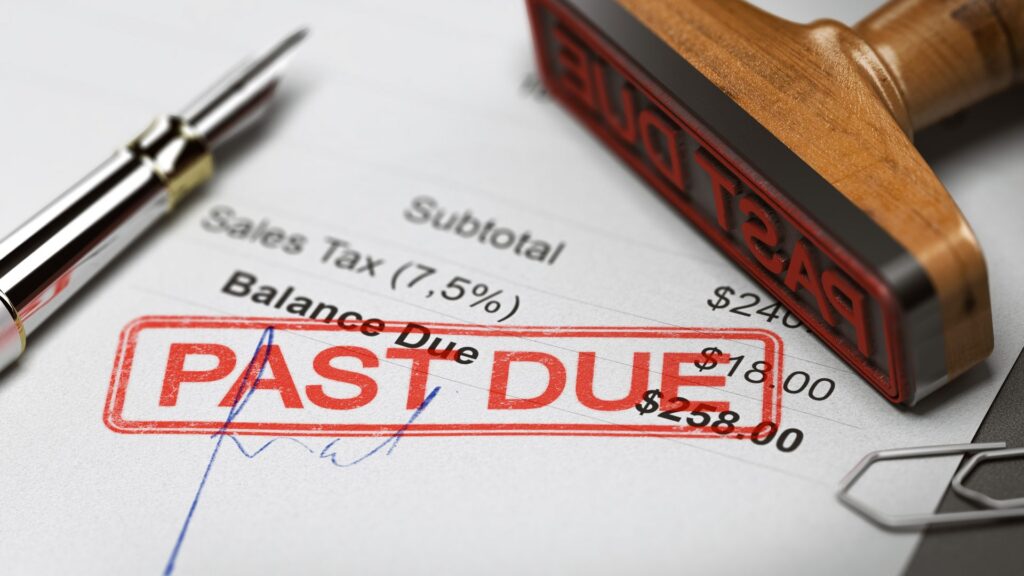What is credit crunch and can data analytics prevent it?
What is credit crunch and what causes it? How can financial institutions make better, data-driven decisions to avoid this scenario?
In this article, we’re taking a close-up look at the factors leading to a credit crunch, often triggered by a financial crisis, with the credit crunch of 2008 as a flagship example. We’re also looking at the potential effects of a credit crunch and how data analytics can help minimise this risk.
What is credit crunch?
A credit crunch, also known as credit squeeze, credit tightening or credit crisis, is an economic situation when financial institutions reduce their lending activity or tighten up the requirements for obtaining a loan, making loans less available in the credit market.
A credit crunch often happens in times of recession, when investment capital is hard to secure. Banks are cautious with lending money to borrowers who may default at any time. This risk translates into higher interest rates. The result is that businesses that could formerly obtain a loan with no problem, suddenly cannot get it. No extra funds mean no extra investments, and in the long run – a plateau in the economic growth felt throughout the whole economy, by businesses and consumers.
Make your Debt Management more efficient!
Find out moreIs credit crunch the same as a recession?
No, a credit crunch is not the same as a recession, although both have a negative impact on the economy.
The difference between a credit crunch and a recession is that the latter refers to a general decline in economic performance, which continues for two consecutive quarters and occurs when there’s a decrease in spending.
A credit crunch may eventually lead to a recession. If businesses can’t gain extra funds for planned investments, they start cutting on all their expenses, including the employment budget. The uncertainty leads to the decline of productivity and the rise of unemployment. If that continues for a longer time, the general economic activity gets a hit, and a recession gains momentum. A credit crunch can also affect the global economy by tightening credit, reducing international trade, and causing economic shocks that lead to declines in consumption and increases in unemployment worldwide.
What causes credit crunch?
A credit crunch can occur when financial institutions grant loans to borrowers with a low credit rating and a doubtful ability to repay. In other words, it’s caused by inappropriate or even lenient lending. This is a straight path to a rising default rate and bad debt that lead to losses for financial institutions. In extreme cases, banks may even become insolvent.
Why then, banks get so careless in lending money to debtors who cannot repay? There may be a couple of reasons for that:
- bad estimation of debtors’ creditworthiness,
- anticipated decline in the value of the collateral used by the banks to secure the loans,
- a change in monetary conditions, for example as a result of raising reserve requirements or imposing new regulatory constraints on lending by a central bank,
- credit controls imposed by a central government on the banking system,
- an increased risk to solvency of other banks within the banking system.

What caused the 2008 credit crunch?
The 2008 credit crunch was caused by lenient lending standards, which led to vulnerabilities within the financial system and an increase in mortgage defaults. The global financial crisis further exacerbated the instability of the financial system, driving the widespread economic impact and a rise in unemployment.
The background for it was the rise of real estate prices that reached its peak in 2006. Buyers were afraid that the prices would never stop increasing and jumped to buy houses.
To take advantage of this boom, banks offered subprime mortgages, that is mortgages issued to borrowers with low creditworthiness. After 2-3 years borrowers started to default, the value of real estates began to fall and banks noted huge losses. The Great Recession was sparked worldwide.
What are the effects of a credit crunch?
The biggest consequence of a credit crunch is, as we already mentioned, a recession. It is crucial to make timely debt payments during a credit crunch to maintain creditworthiness and reduce credit utilisation, contributing to a more favorable personal balance sheet in challenging economic times. Higher borrowing costs, caused by an increased interest rate, lower people’s ability to buy goods, and thus slow down the economy.
From an individual consumer’s perspective, the effects of a credit crunch are far more severe. As their employers struggle to stay afloat cutting all the expenses, including the workforce, their jobs are under threat. Many banks may tighten lending standards and become more risk-averse following financial crises, impacting credit availability for individuals and businesses. The unemployment rate rises and social unrest increases.
How to make wiser credit rating decisions?
The phenomenon of a credit crunch shows the importance of data analytics in making credit rating decisions. Accurate risk assessment is key. The data analytics can improve personal finance decisions by providing insights into lending accessibility and financial health.
Combining a variety of up-to-date data on a debtor’s life situation and their credit history into insightful reports is vital to single out at-risk borrowers. This is something a smart debt management platform can help you with.
DebtPro is one of such solutions. It gives you advanced analytics and reporting functions allowing you to make decisions backed by data and get insights about your debt collection process, such as average cycle length, costs, or arrears. These insights can help you hone or reshape your debt collecting strategy in order to minimise the risk and increase the effectiveness of debt collection.
Read more about DebtPro’s features in more detail and book a free demo.
FAQ
Modern debt management systems provide agility, compliance, and data-driven decision-making. These capabilities help fintechs remain competitive and resilient in case capital becomes harder to secure or customers’ ability to repay becomes limited.
In a credit-constrained environment, optimising cash flow and minimising outstanding debts becomes crucial. Debt management software, such as Spyrosoft’s DebtPro, helps fintechs and financial institutions streamline collections, reduce risk, and maintain liquidity.
A credit crunch can reduce access to capital, slow down growth, and increase financial pressure on newer companies. On the other hand, it can also result in insolvency if a big number of customers becomes unable to repay. To be prepared for a case of credit tightening, fintechs should diversify funding sources while focusing on operational resilience and efficiency, including strong risk management practices.
Automation allows fintechs to reduce manual effort, scale customer outreach, and improve debt collection efficiency — all while keeping operational costs low, which is essential during an economic downturn.
Fintechs that offer innovative, low-cost technologies, especially if focused on risk assessment, may find increased demand, in particular from underserved markets and lenders looking for alternative data sources.
About the author
Contact us
Transform your financial products with cutting-edge technological innovations.
RECOMMENDED ARTICLES




